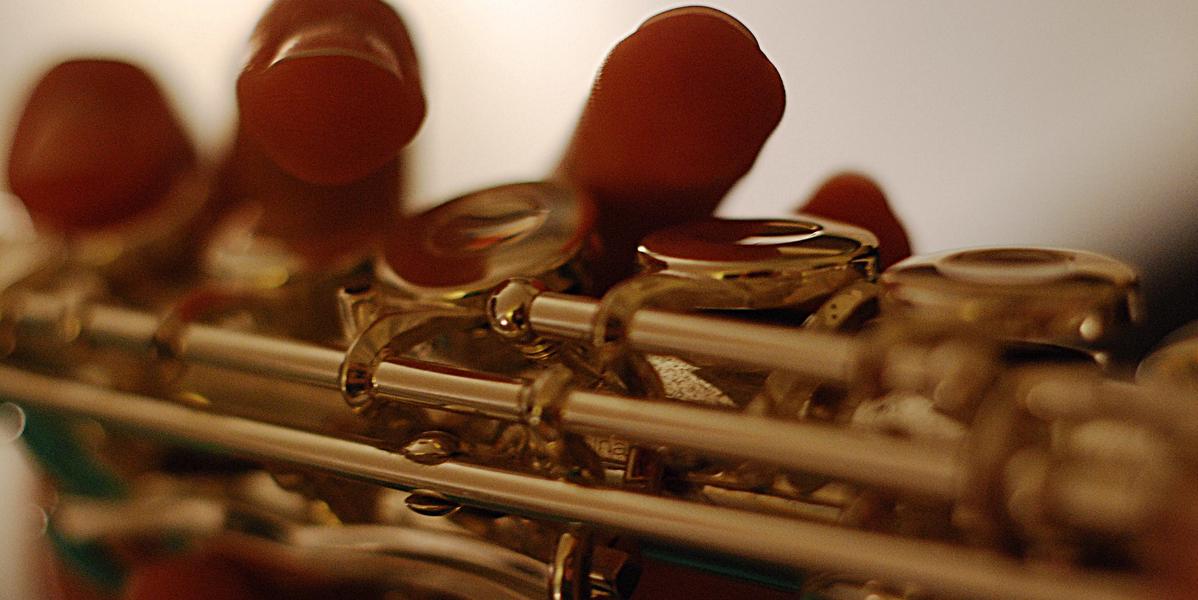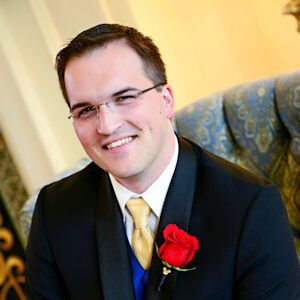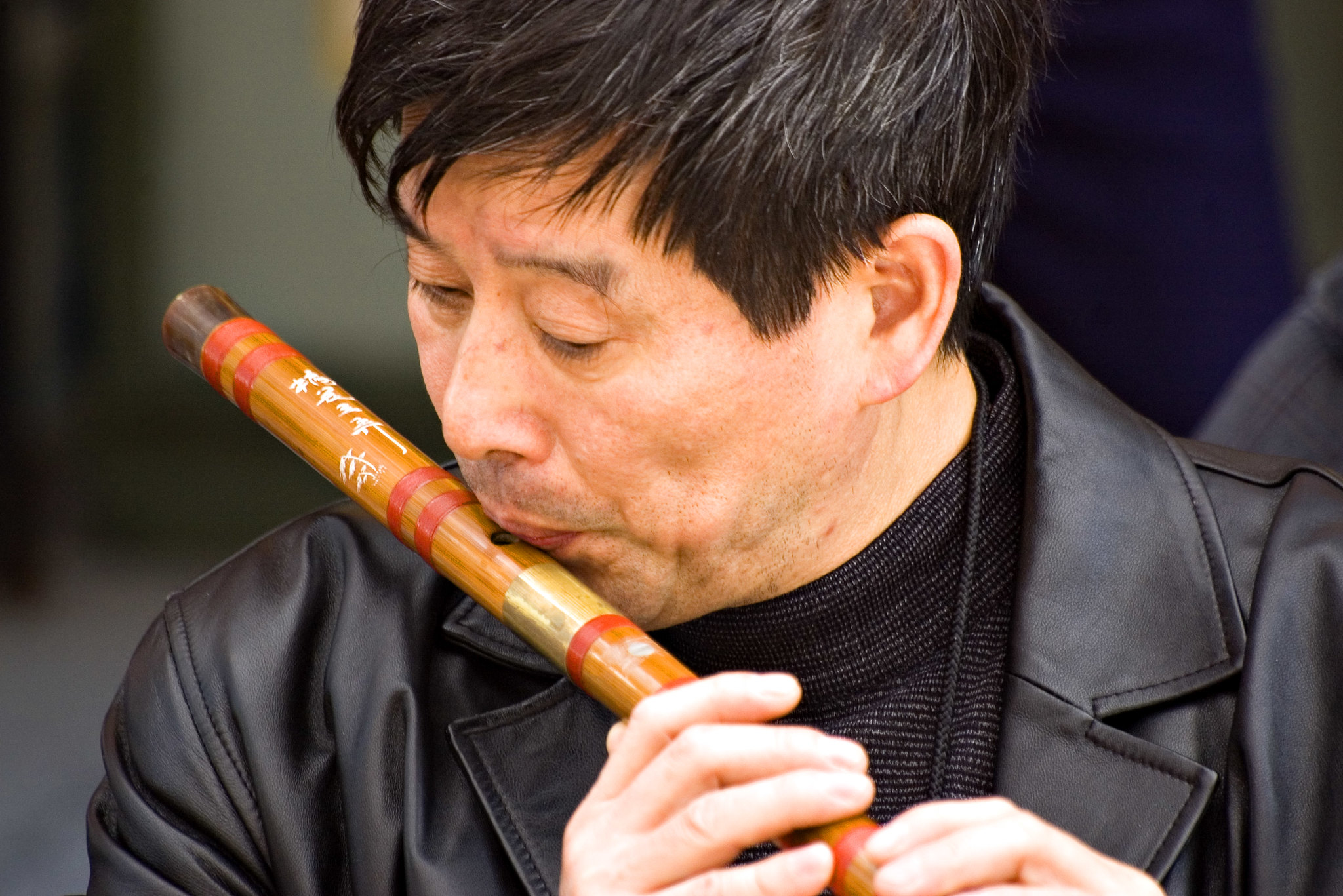Flute high notes - a soaring register for the flute which allows it to be heard among an orchestra in more orchestrationally dense sections, but also has a unique tone color that provides a lot of usage in solo repertoire.
It is also some of the last notes that are taught to a beginning student, and for very good reasons. Let us take a look at the upper register of the flute and discuss some of its characteristics and techniques.
Note: For the purpose of this article, we will be looking at the notes beyond C6.
Upper Register Science
The flute makes pitches by vibrating the air inside the tube. Opening and closing different tone holes affects the length of the vibrating column of air, which gives us different pitches. For the most part, the first couple of octaves of the flute have the holes opening up in sequential order.
Now, the following is a bit oversimplification of the science, but here we go. The natural register of the flute is the first octave, and with practiced control of embouchure and air stream, you can easily access the first harmonic of the overtone series, which is an octave higher. That is essentially what the second octave of the flute is all about.
The challenge comes when trying to access the third octave, which is not the second, but third harmonic of the overtone series for these notes. As such, this register uses different fingerings to ensure those harmonics are the pitch. While you could "overblow" lower octave fingerings, the tone is much cleaner with these different fingerings.
Upper Register Tone
Speaking of tone, the tone of the high notes on the flute is one of the main reasons a composer would us the flute over the piccolo in the orchestra. There is such a wide range of possibilities with tone and tone color.
Due to the amount of control, air speed, and pressure that is required to play these notes, they can be sometimes difficult to control. However, a seasoned flutist can create some amazingly pure tones at all different volumes. The notes on the piccolo played at the same sounding pitch tend to be a bit more hollow and more difficult to project.
How High Can You Go?
The answer to the question, how high can the flute play, is constantly evolving. We covered the topic extensively in our piece on the flute's range, but the short version is, we don't really know.
It is common practice for a student learning to play flute in band to learn how to play up to a Bb6, and those who explore the solo repertoire are generally taught through private lessons up to C7. Collegiate students range depends primarily on their professor, but going up to D7 is very common.
Once you get past D7, there are less standardized fingerings for notes, but there is a lot of exploration in the space. More or less, notes up to and including G7 are possible and have somewhat commonly accepted fingerings. However, there are some references that provide fingerings for G#7, A#7 and C8. These pitches are considered very challenging to play and if you can play them, very challenging to control.
Conclusion
The high notes on the flute are some of the most colorful notes produced on the instrument, capable of soaring above an orchestra, a vast array of musical expression, and add a lot of color to musical works. While they may be a bit more challenging to learn to play and control, they are well worth it for any flute player to master the upper register of the flute to give them as many tools as possible to explore the vast array of music for the flute.




